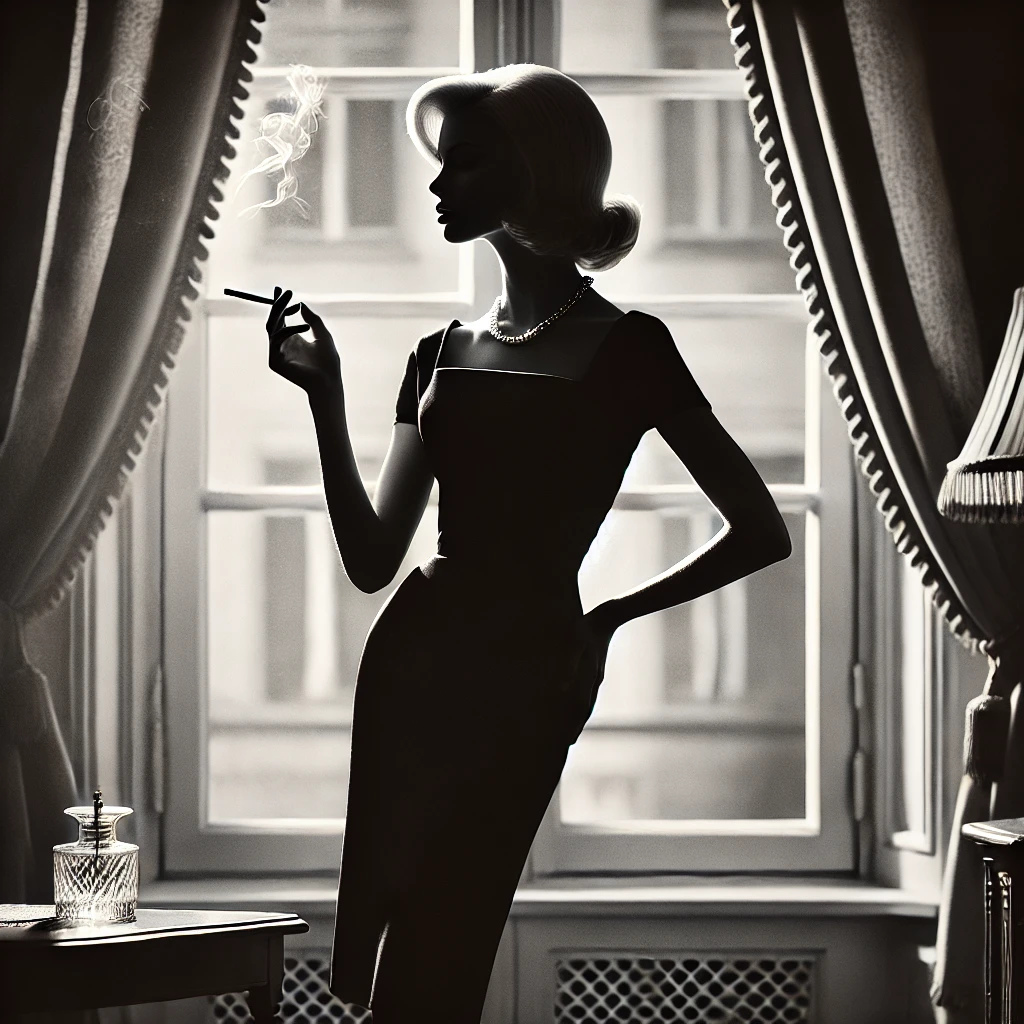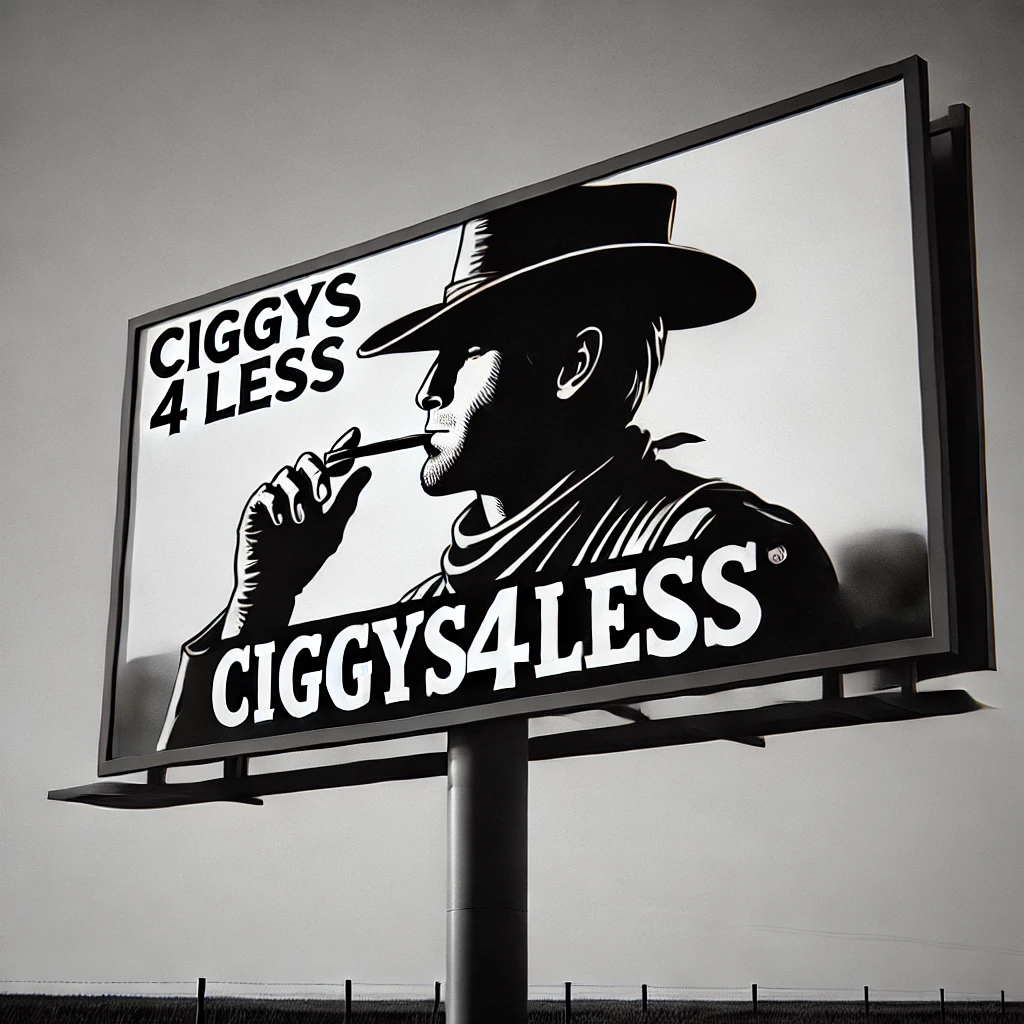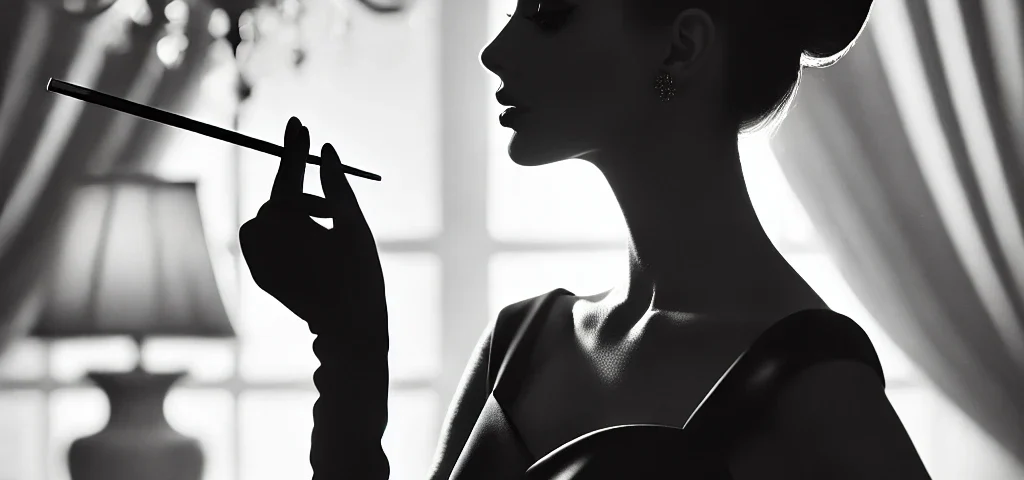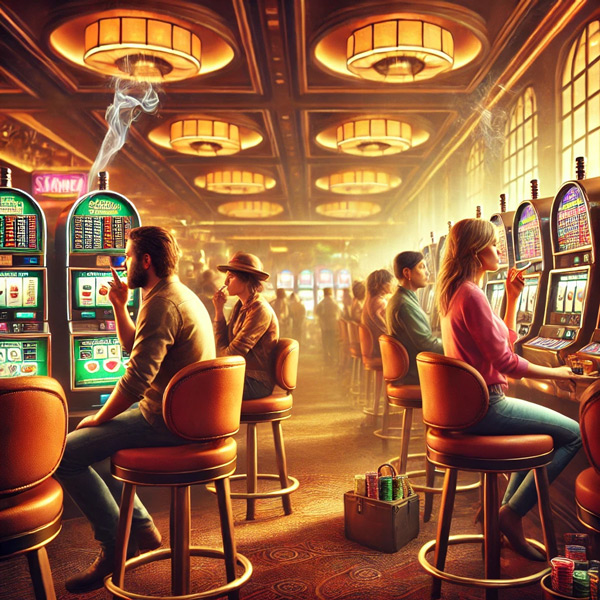
25 Fantastic Day Trip Destinations from Leesburg, Florida
September 17, 2024
How to Store Your Cigarettes and Tobacco to Keep Them Fresh
October 15, 2024The Art of Smoking: How Cigarettes Have Influenced Pop Culture
Cigarettes have long played a central role in shaping popular culture, leaving their mark on everything from fashion and film to music and advertising. Over the decades, smoking has been intertwined with personal identity, aesthetics, and even rebellion. While society’s view of smoking has evolved over time, there’s no denying the deep-rooted connection between cigarettes and cultural expression.
From the early days of cinema to modern music videos, cigarettes have symbolized everything from glamour and sophistication to defiance and nonconformity. In this article, we’ll explore how cigarettes have influenced pop culture and how they continue to be represented in media and fashion, even as attitudes toward smoking have shifted.
Cigarettes in Early Cinema: From Glamour to Rebellion
When the film industry began gaining popularity in the early 20th century, cigarettes quickly became an essential part of on-screen storytelling. In the glamorous age of Hollywood, stars like Humphrey Bogart, Marlene Dietrich, and Greta Garbo were often seen with a cigarette in hand, adding an air of mystery, sophistication, and allure to their characters. Smoking wasn’t just an action—it was a prop that helped build their personas.
Film noir—a genre known for its dark, gritty atmosphere and morally ambiguous characters—featured cigarettes prominently. The classic film noir detective or anti-hero was rarely seen without a cigarette dangling from their lips, often in a dimly lit room filled with smoke. Smoking became synonymous with the tough, world-weary protagonist who lived by their own rules. In movies like Casablanca, Bogart’s character was as much defined by his cool demeanor as by the cigarette constantly in hand.

During this time, cigarette brands saw an opportunity for product placement. Many Hollywood stars were paid to smoke specific brands on screen, further glamorizing the act of smoking. For many, the sight of a glamorous actress or a rugged actor smoking helped create an association between cigarettes and desirability. Cigarettes in film weren’t just about habit—they were about status, attitude, and self-expression.
As film evolved into the mid-20th century, smoking’s symbolism shifted slightly. While it still carried undertones of glamour and sophistication, it also became a symbol of rebellion. James Dean, the poster child for rebellious youth in the 1950s, epitomized this new image. In Rebel Without a Cause, Dean’s cigarette was a visual symbol of his defiance of societal norms. The act of lighting up became shorthand for nonconformity.
Cigarettes and Fashion: Icons and Advertising
Cigarettes weren’t just influencing how characters were portrayed on screen; they were also shaping the world of fashion. In the 1950s and 60s, smoking was associated with glamour and luxury, and it became a core part of how high-end fashion brands marketed themselves. Advertisements for brands like Camel and Lucky Strike often featured elegant women or dapper men smoking, portraying cigarettes as an accessory that completed their look.
Fashion icons like Audrey Hepburn further cemented the connection between smoking and style. Hepburn’s famous role as Holly Golightly in Breakfast at Tiffany’s is etched in the minds of many, with the image of her long cigarette holder becoming a symbol of elegance and sophistication. Cigarettes, in this context, were a tool to craft a chic, sophisticated persona—something aspirational.

Beyond advertising and film, runway models and designers also played into the smoking culture. High-fashion editorials in the 1970s and 80s often included cigarettes as a prop, enhancing the edgy, rebellious aura of the models. The fashion industry capitalized on the allure of smoking, associating it with boldness, freedom, and breaking the rules. During this era, cigarettes were marketed as something that made you not only look good but also stand out from the crowd.
In the world of high fashion, cigarettes became synonymous with independence. A woman holding a cigarette wasn’t just smoking—she was asserting her autonomy, her power, and her right to define herself on her own terms. This connection between smoking and empowerment in the 1960s paralleled the broader cultural shifts happening at the time, as women fought for greater autonomy and liberation.
The Music Industry: Cigarettes as Symbols of Rebellion and Coolness
If Hollywood glamorized cigarettes, the music industry turned them into an enduring symbol of rebellion and rock and roll. From the counterculture movements of the 1960s and 70s to punk and alternative rock in the 1990s, smoking became a defining image for musicians who sought to challenge the status quo.

Album covers featuring musicians with cigarettes were a common sight. From Bob Dylan to The Rolling Stones, many artists made cigarettes a visual representation of their nonchalant, rebellious attitudes. Smoking wasn’t just a habit for these artists—it became a part of their artistic persona. Whether it was a symbol of defiance, casual coolness, or existentialism, cigarettes helped define the characters they portrayed in their music.
Punk and grunge music scenes took this symbolism even further. Smoking became an essential part of the aesthetic, representing a rejection of mainstream culture. Musicians like Kurt Cobain of Nirvana or bands like The Ramones often appeared smoking in concert photos and interviews, solidifying the connection between cigarettes and alternative subcultures. For them, smoking was about more than just looking cool—it was an expression of alienation and a refusal to conform to societal expectations.
In the world of hip-hop and rap, smoking—whether it’s cigarettes or cigars—also played a significant role in defining a persona. Many rappers, such as Snoop Dogg, used smoking as part of their brand, emphasizing their laid-back, carefree attitudes. Cigars, in particular, were often used to signify success and luxury, with artists incorporating them into their music videos and promotional materials.
Even in contemporary music, the image of the smoker-musician persists, though it’s far less glorified than in previous decades. While smoking has declined in popularity among younger generations, its presence in music—whether as a symbol of nonconformity, rebellion, or wealth—remains ingrained in the industry.
Cigarettes and Advertising: The Rise and Fall of Tobacco in Marketing
One of the most powerful ways in which cigarettes influenced popular culture was through advertising. In the early 20th century, cigarette brands were not only heavily advertised but also intricately tied to cultural events. They sponsored radio shows, sporting events, and even doctors in their advertisements, claiming health benefits from smoking.
In the 1940s and 50s, cigarette ads were ubiquitous in magazines, billboards, and television. These ads often portrayed smoking as not just acceptable, but desirable. Smoking was tied to success, romance, and masculinity. Ads for Marlboro Man, one of the most famous cigarette campaigns, depicted rugged cowboys smoking while working the land, tying smoking to ideals of strength, endurance, and freedom.

However, as the harmful effects of smoking became more widely known, the glamorization of smoking in advertising began to fade. By the 1990s, smoking was more commonly linked to health risks than glamour, leading to tighter regulations around cigarette advertising. Though the days of celebrities promoting cigarette brands are long gone, the influence of those early ads still lingers in pop culture.
The Decline and Lasting Impact of Smoking in Pop Culture
As smoking rates have decreased over the years, so too has its presence in mainstream media. Stricter regulations, health campaigns, and a shift in societal values have all contributed to smoking’s decline in popularity. Today, smoking is less likely to be portrayed as cool or glamorous, especially in media aimed at younger audiences.
That said, the impact of smoking on pop culture remains undeniable. From iconic film scenes to album covers and high-fashion editorials, cigarettes have shaped how we perceive coolness, rebellion, and independence. While smoking itself may no longer hold the same allure, its legacy in shaping cultural trends and personal expression endures.
Cigarettes have been more than just a habit for many—they’ve been a symbol of status, rebellion, and personal style. Whether used as a tool for defining characters in film, setting trends in fashion, or symbolizing nonconformity in music, cigarettes have left an indelible mark on popular culture.
While attitudes toward smoking may have changed, their cultural influence remains a fascinating aspect of how cigarettes have helped shape personal identity and collective memory across generations.





